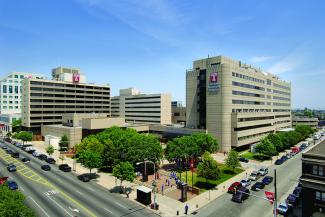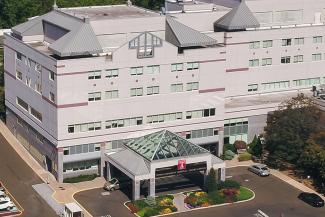It's not unusual to develop a voice problem at some point in your life; swallowing and other communication disorders aren't as common. Voice and swallowing therapy is an effective way to treat many different conditions that can affect your communication and ability to swallow.
Therapy with a speech pathologist is an effective way to treat many conditions that can result from voice abuse or overuse, neurological trauma or disease, surgery, cancer treatment, physical changes due to acid reflux or narrowing of the wind pipe, and even aging.
We frequently treat patients struggling with:
-
Dysphagia — difficulty swallowing
-
Dysphonia — abnormal voice quality
-
Dysarthria — abnormal articulation (distorted speech)
-
Aphasia — difficulty expressing or understanding language
-
Cognitive impairment — impaired thinking or recall
-
Airway dysfunction — such as chronic cough or a vocal cord dysfunction




